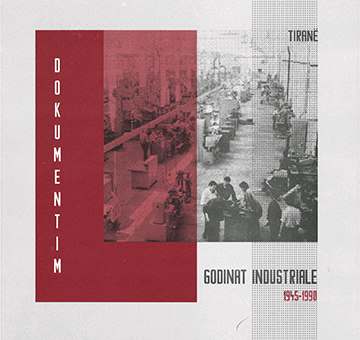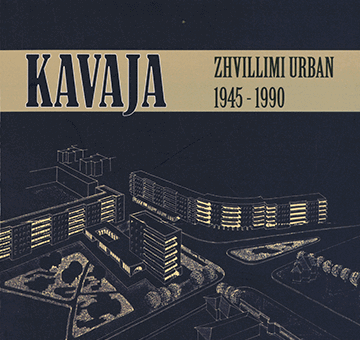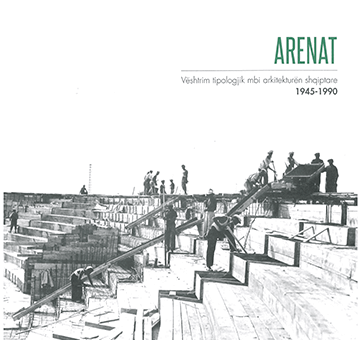When thinking of Albania, associations with Austria do not immediately come to mind. The countries are too far apart geographically, have dif- ferent historical developments behind them as well as different cultures. For example, while Austria has always been mainly determined by the Austrian Empire, the Ottomans played an essential role in Albania, as did the Italians, who had established bases for maritime trade here along Al- bania's Adriatic coast since ancient times. But for a short time, there was also a connection between Albania and Austria, which still characterizes the Albanian country today. Between 1916 and 1935, the influence of the Austro-Hungarian monarchy extend- ed far into the Balkans, even into Albania. Architects and engineers who had been trained in Austria were sent to the new regions to construct buildings, roads, bridges or railways. Thus, in a short time, towns and villag- es were shaped by Austro-Hungarian influences, such as the city layout of Tirana, or the many engineering constructions that can still be found throughout the country today. To this day, this chapter of history has re- ceived little attention, which is one of the reasons why there are hardly any publications about the architecture and engineering buildings of the Austro-Hungarian era. The few books and articles on the subject are then only available in Albanian, but not in English or German, which would be important to bring them closer to a broader audience. This publication is now one of the few that deals with this part of the history of architecture and urban development.
You need to Log In to comment this post!





(0) Comments